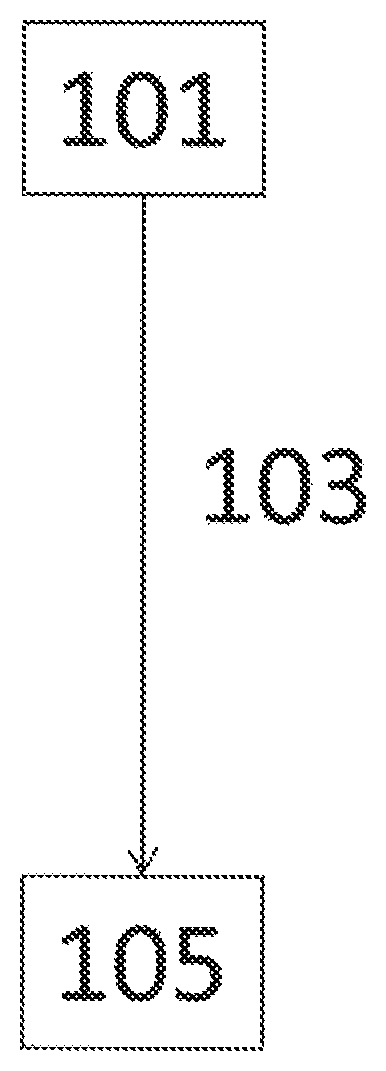Coefficient-of-friction estimator
a technology of friction estimator and coefficient, which is applied in the direction of control devices, external condition input parameters, vehicle components, etc., can solve the problem that the above-mentioned system does not operate in an optimal manner
- Summary
- Abstract
- Description
- Claims
- Application Information
AI Technical Summary
Benefits of technology
Problems solved by technology
Method used
Image
Examples
Embodiment Construction
[0023]Reference will now be made to embodiments of the invention, one or more examples of which are shown in the drawings. Each embodiment is provided by way of explanation of the invention, and not as a limitation of the invention. For example, features illustrated or described as part of one embodiment can be combined with another embodiment to yield still another embodiment. It is intended that the present invention include these and other modifications and variations to the embodiments described herein.
[0024]According to the FIGURE, a coefficient-of-friction estimator 101 is initially implemented. The coefficient-of-friction estimator determines a coefficient-of-friction 103 between the wheel and a roadway surface by locking a lightly loaded wheel in a targeted manner.
[0025]The coefficient-of-friction 103, is transferred, as an input parameter, to an emergency braking system 105 which is subsequently implemented.
[0026]Modifications and variations can be made to the embodiments i...
PUM
 Login to View More
Login to View More Abstract
Description
Claims
Application Information
 Login to View More
Login to View More - R&D
- Intellectual Property
- Life Sciences
- Materials
- Tech Scout
- Unparalleled Data Quality
- Higher Quality Content
- 60% Fewer Hallucinations
Browse by: Latest US Patents, China's latest patents, Technical Efficacy Thesaurus, Application Domain, Technology Topic, Popular Technical Reports.
© 2025 PatSnap. All rights reserved.Legal|Privacy policy|Modern Slavery Act Transparency Statement|Sitemap|About US| Contact US: help@patsnap.com

